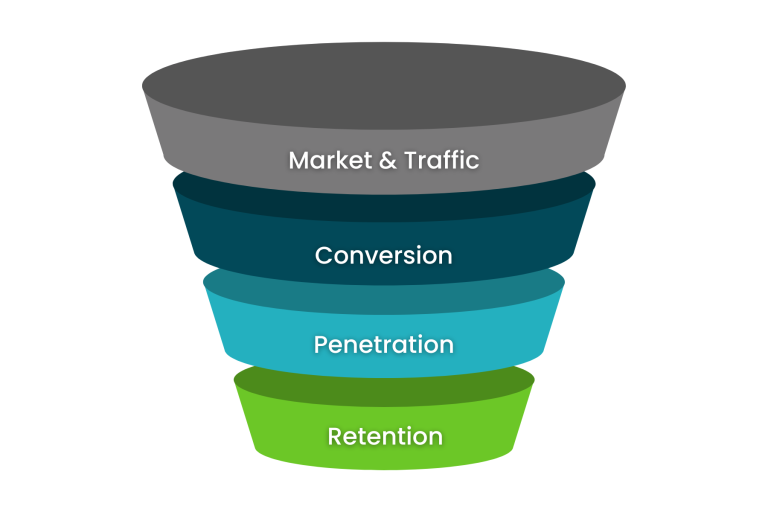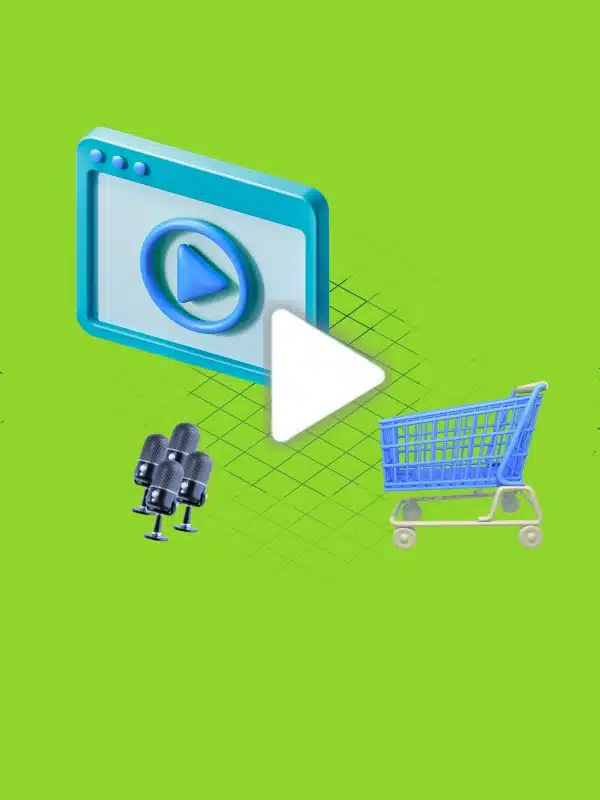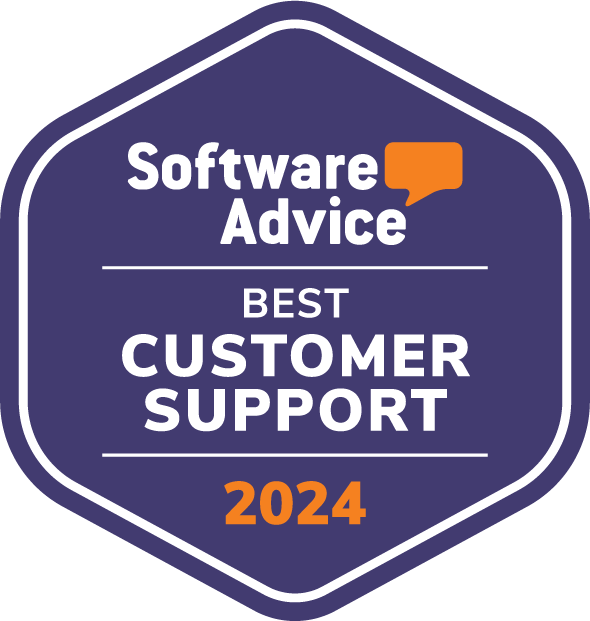What is Article Segmentation in Retail?
Article Segmentation, also known as product classification, is at the core of an effective pricing strategy. By breaking down an assortment of products into distinct groups, retailers can apply tailored pricing strategies that maximize value and profitability.
This approach categories products into three key groups, each serving a unique role:
- Key Value Indicators (KVIs): Essential items that drive store traffic and influence price perception.
- Volume Drivers: Essential items that drive purchase volume and increase basket size.
- Profit Drivers: Non-essential items that drive profitability.
Grouping products by pricing roles helps retailers prioritize competitive pricing where it has the greatest impact. While industries may differ in basket composition, article segmentation ensures a strategic pricing approach that supports the entire customer journey—from store entry to checkout profitability.
What are the Three Groups of Article Segmentation?
1. What are Key Value Items (KVIs)?
KVIs are essential products that attract customers and influence their perception of a retailer’s pricing. In brick-and-mortar stores, these items drive foot traffic, while in eCommerce, they function as traffic generators that bring shoppers to the site.
KVIs are well-known, frequently purchased, and sold in high volumes, often at low or even negative profitability. In some cases, they act as loss leaders, meaning they are priced below cost to entice customers into the store, with the expectation that customers will purchase additional, more profitable items. This makes competitive pricing on KVIs crucial for maintaining a strong price image. Because online shoppers can easily compare prices, even high-ticket items like the iPhone—despite being purchased infrequently—can influence price perception, similarly to KVIs.
A six-pack of Coca-Cola in a supermarket is a classic KVI. Customers are highly familiar with its price, and it plays a key role in shaping their overall perception of a store’s affordability. If KVIs are competitively priced, shoppers are more likely to view the retailer as offering good value, increasing their willingness to shop there.
2. What are Volume Drivers?
Once a customer enters the store due to a competitive KVI offer, the next step is to drive basket size. Volume Drivers play a key role in this phase by contributing to overall sales volume. These products are frequently purchased and appear in many shopping baskets, but unlike KVIs, they do not drive store traffic or price perception.
While their profitability remains low, it is typically higher than KVIs. The primary goal of volume drivers is to help recover some of the acquisition costs from aggressively priced KVIs while maintaining a strong value proposition for customers, delivering scale and operational efficiency.
For example, in a supermarket, a 16-ounce pasta sauce is a classic volume driver. It is commonly purchased but not a traffic driver, and its price is less memorable to consumers than a widely recognized KVI, like a six-pack of Coca-Cola. While changes in KVI pricing can directly impact store traffic, price changes for Volume Drivers have little effect on footfall but help sustain revenue.
3. What are Profit Drivers?
The final stage in the customer profitability journey is Profit Drivers. These products make up the second-largest article segmentation group after KVIs. Unlike KVIs and Volume Drivers, Profit Drivers have high profitability but low sales volume. Customers typically view them as non-essential, meaning their purchase decisions are less price-sensitive. As a result, their contribution to overall profit outweighs their share of total revenue.
For example, in a supermarket, specialty flours like chickpea or quinoa flour serve as Profit Drivers. These niche products appear in fewer baskets and are priced significantly higher than everyday essentials like all-purpose flour. While they don’t generate high sales volume, their strong margins make them an important factor in overall profitability.
What is The Logic Behind Article Segmentation?
The core purpose of article segmentation is to ensure that retailers invest in competitive pricing where it matters most (KVIs), ensure sales at scale (Volume Drivers), and recover margins where price sensitivity is low (Profit Drivers).
To accurately segment products, retailers can use a multi-attributive scoring model that analyzes customer shopping behavior and price sensitivity, based on a set of behavioral and transactional metrics mapped to the customer journey. These metrics reflect how customers engage with products—from initial awareness to repeat purchases.
The Customer Journey Funnel

As the customer moves further down the ‘customer journey funnel’, their interaction with products evolves and reveals shopping behaviors that guide pricing and classification decisions. Each stage in the funnel provides different insights into customer behavior, with unique metrics that help define pricing strategy and article segmentation:
- Market & Traffic: At the top of the funnel, metrics such as search volume, competitive dynamics, and traffic cost reveal where customers engage with products and how pricing influences store or site visits. These insights guide investments in products that attract customers and shape price perception.
- Conversion: Once a customer is engaged, metrics like the absolute price tagand basket opening help retailers understand which products drive sales. Pricing strategies at this stage focus on maximizing conversion while maintaining perceived value.
- Penetration: As customers continue their purchasing journey, metrics such as purchase frequency and customer lifetime value (CLTV) highlight opportunities to increase repeat purchases and long-term engagement. This ensures pricing strategies support sustainable growth.
- Retention: At the bottom of the funnel, customer loyalty and retention metrics guide pricing strategies that foster repeat purchases and maximize profitability over time. This ensures that “investing” in KVIs is not a one-off transaction, but actually leads to long-term customer relationships.
Upper-funnel metrics offer the advantage of being “unbiased” by retailer influence and pricing, though they are more challenging to collect and measure. In contrast, lower-funnel metrics are typically easy to retrieve from an ERP, but may already be influenced by pricing and product presentation. For a comprehensive view, it’s best to analyze the full spectrum of metrics.
By analyzing these stage-specific metrics, retailers can score and classify products effectively—defining their roles as KVIs, Volume Drivers, or Profit Drivers.
How Does Article Segmentation Look in Practice?
In electronics retail, smartphones—such as iPhones and popular Android models—are among the KVIs that shape price perception. Retailers often price these competitively or offer discounts to attract customers, as shoppers frequently compare prices across stores and online marketplaces. Like other high-demand electronics, smartphones exhibit high price elasticity, with customers willing to switch brands or wait for promotions before purchasing. While margins on these products are often low, retailers compensate through complementary sales of accessories, warranties, and related devices.
Once a customer is engaged, accessories like phone chargers, headphones, and HDMI cables function as Volume Drivers. These items are frequently purchased, appear in many baskets, and contribute to steady sales without being primary traffic drivers.
Meanwhile, premium audio equipment, high-end gaming accessories, and extended warranties serve as Profit Drivers. These products are purchased less frequently, but their high margins make them critical to overall profitability. A customer who initially visits the store for a competitively priced iPhone may later opt for an expensive pair of noise-canceling headphones or an extended protection plan, significantly increasing the retailer’s profit.
How Does Article Segmentation Look in Retail?
Complexity
A smaller product assortment doesn’t always mean simpler classification. For example, a pet store with a limited selection may be harder to classify than a supermarket due to the variety of niche products and customer preferences. Selling across multiple locations or channels (online and offline) adds another layer of complexity. A product that qualifies as a KVI in one store may not hold the same value in another location. Additionally, a smaller assortment sold in multiple channels can be more complex to classify than a larger assortment sold in a single location, as customer behavior varies between online and in-store purchases.
Strategy
Just as audience and location influence KVIs, so does business strategy. A retailer focusing on profit maximization may classify products differently than one prioritizing traffic generation. The same product could be a KVI in one strategy but a Volume Driver in another. Even with similar KPIs, thresholds may differ depending on whether a retailer wants to attract price-sensitive customers or boost profitability by emphasizing premium products.
Article segmentation is also a crucial tool in pricing strategy when responding to regulatory cost increases, such as shifts in tax and trade policies. Without a clear understanding of product roles, retailers risk passing cost increases onto the wrong products—potentially undermining their strategic positioning. For example, if tariff hikes increase the cost of certain imports, retailers must determine whether those costs can be absorbed or should be passed on to consumers. Products classified as KVIs, which drive store traffic and price perception, should not see disproportionate price hikes that could push customers toward competitors. Instead, cost increases are often better absorbed into less price-sensitive categories, such as volume or profit drivers, where customers are more willing to accept price adjustments.
Pricing Knowledge
In the digital era, customers no longer rely on memory to compare prices—they have instant access to price comparison engines and online listings. This has increased pricing transparency, enabling customers to shop strategically across retailers. Savvy shoppers engage in KVI arbitrage, seeking out competitively priced KVIs across different stores and channels to get the best deals.
Big Data & Dynamic Pricing
The wealth of data available today makes article segmentation even more dynamic. Retailers must consider multiple factors, including competitor pricing changes, channel-specific demand, and audience variations between online and offline shopping. A high-volume product might be classified as a top performer in its category based on one metric or as part of a top five ranking based on another, highlighting the need for data-driven classification.
Case Study: How Did Amazon Reshape Whole Foods?
In August 2017, Amazon acquired Whole Foods and quickly implemented multiple price cuts over the next 18 months. The first round saw prices drop between 6% and 30%, with items like pasta sauce and roast chicken experiencing the steepest reductions—indicating these were identified as Key Value Items (KVIs). While the cuts were broad, they varied regionally to account for local demand and competition. Soon after, Amazon reinforced its pricing strategy by lowering prices on 500 additional produce items, recognizing fresh produce as a KVIs that influences traffic and price perception (e.g. yellow mangoes for $1 and cherry tomatoes (12 oz.) for $3.49.
To further shift Whole Foods’ high-cost image and drive customer loyalty, Amazon introduced exclusive discounts for Prime members, offering 35-40% off the 300 top-selling products. Additionally, up to 20 new Prime-only deals were introduced weekly. These moves signaled Amazon’s long-term commitment to reshaping Whole Foods’ price perception while maintaining its premium organic branding.
How Can Quicklizard Help with Article Segmentation?
Article segmentation is a key driver of pricing success, but its true impact comes from effective implementation. While categorizing products is essential, retailers gain the most value when classification is seamlessly integrated into dynamic pricing strategies that adapt to market conditions in real time.
The Quicklizard article segmentation module leverages data science and automation to streamline this process, ensuring retailers can optimize pricing at both the category and product level. The Quicklizard pricing platform integrates data with advanced algorithms to enable businesses to apply multiple pricing strategies across their entire assortment of products with precision.
Want to optimize your pricing strategy to increase profit? Speak with one of our pricing experts today to see how Quicklizard can transform your pricing strategy.










